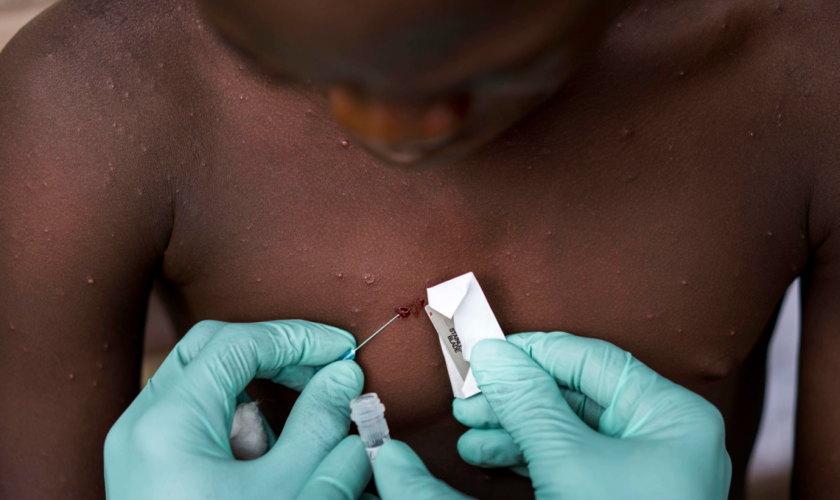In the 1980s, modern medicine achieved the unthinkable. It was the eradication of smallpox by an intensive global vaccination program. However, this victory was short-lived due to the emergence of Monkeypox. These two viruses come from the same family of Poxviridae viruses. Since experts have been studying smallpox prior to the Monkeypox outbreak, solid understanding of how these viruses work has been established. Medical professionals now know what to expect out of this infectious disease. Though, there are some stark differences and significant similarities between the two. Particularly regarding which organs and systems of the body are affected by Monkeyvirus that makes it unique compared to smallpox.
Monkeypox infection pattern
To understand the organs targeted by Monkeypox virus, it is crucial for us to know its pattern of infection. This involves looking at the incubation, prodrome, infectious, recovery or latent period if any. These stages in the disease will give an idea of which organs that are commonly affected. Especially when Monkeypox has a mortality rate of 10%.
- Incubation period
It is a period that starts from the first day an individual is infected with the virus. At this stage, the patient is not infectious and asymptomatic. Therefore, there are no clear organs or systems in the human body targeted. The average incubation period for Monkeypox is 7-14 days but there are instances where it can range from 5-21days of incubation.
- Prodrome period
Once the incubation stage ends, the infection has established its presence in the body. Initial group of symptoms will be reported by patients, hence called the prodrome state. The symptoms include:
- Myalgia
- Lethargy
- Sore throat
- Cough
- Chills
- Fever
- Swollen lymph nodes
Based on the prodrome symptoms listed above, the lymphatic system of the body is one of the targets for Monkeypox virus. Onset of lymphadenopathy is a stark difference compared to smallpox, which does not involve lymph nodes swelling. It has been recorded that the lymph will swell with fever or 1-2 days prior to any rash appearance.
Symptoms of cough and sore throat also suggest that the virus is able to affect the respiratory system. Though research suggests, the evidence of respiratory involvement is mainly due to route of transmission via respiratory droplets. Unlike Tuberculosis or Influenza, this virus did not have a predominance towards the lungs. During this state, some patients may already begin to be infectious.
- Infectious period
Afterwards, comes the infectious state of the disease. Akin to smallpox, patients usually become infectious when the rash starts to appear as the Poxviridae will always affect the skin. Appearance of the rash usually starts from the face, trunk and disseminates to the limbs. Initially presented as macules, it then raised and became more papule-like. The papular rash then filled with clear fluid, forming vesicles, ultimately those fluids become pustular and form pustules. By 14 day, pustules are usually scabbed or crusted over. During this state, the patient is most infectious. Even if a healthy individual has contact with a patient’s cloth or bed linen, they can also be infected with Monkeypox virus.
This is also the phase where some infections can develop complications. Usually among children. The complications often have extracutaneous manifestations, affecting organs outside of the skin. These complications involves:
- Soft tissues infections underneath the skin
- Eyes, which can cause permanent visual loss
- Lungs, causing pneumonitis
- Brain, leading to brain infection known as encephalitis
- Sepsis
- Resolution or Latent Infection period
Luckily, the disease is self-limiting. Meaning that the disease often runs its course and mostly resolves when the rash is gone. There is also no evidence of latent infection in previously infected individuals.
Conclusion
The severe complications that can come from Monkeypox infection is not something to be taken lightly. Since, there is still no definitive cure for the virus, prevention is the best approach.
It’s advisable to take Covid 19 Vaccine.
